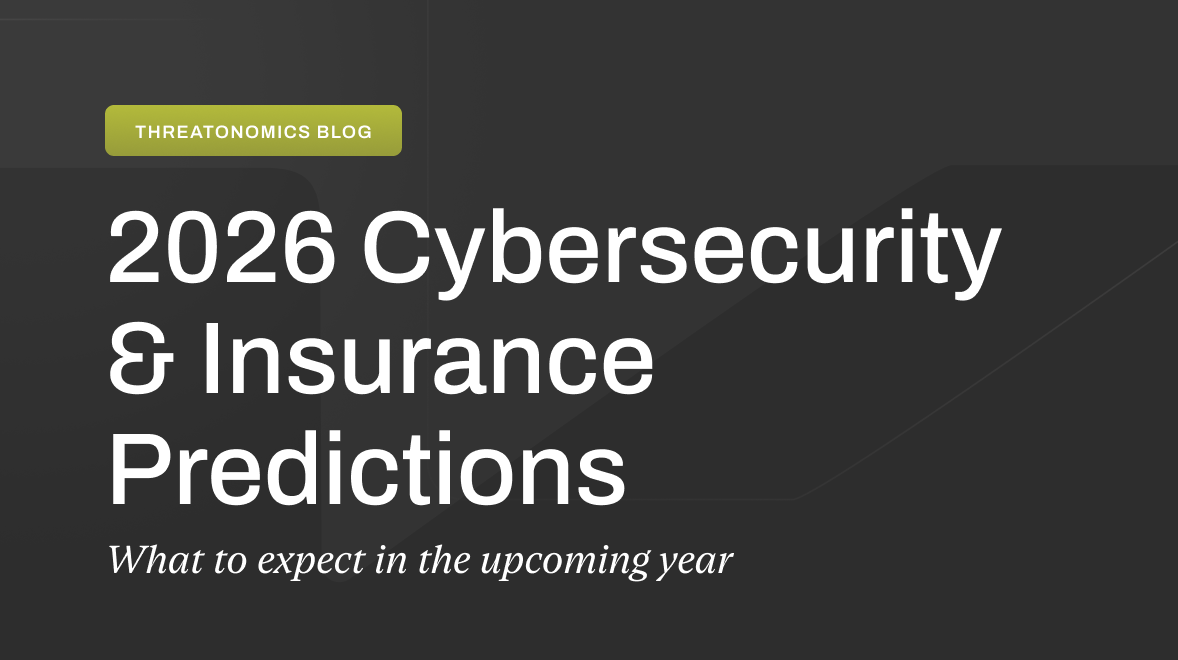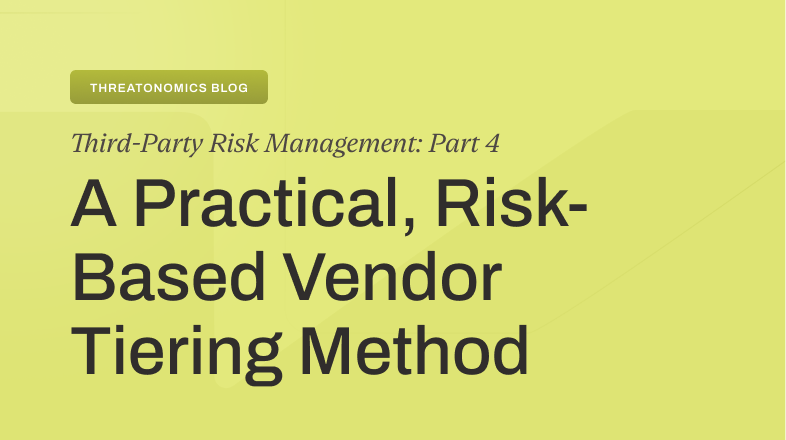Cyber risk is not static
Take the recent evolution of cybercrime, for example. Over the past 5 years, cybercriminals have shifted from stealing confidential financial data for banking fraud to locking down networks with ransomware to extorting clients by threatening to release stolen data publicly. The changing nature of criminal tactics and technical vulnerabilities makes understanding cyber risk a dynamic exercise. To be effective, cyber risk must be addressed and monitored across the silos of cyber security, risk management, and financial leadership.
The majority of cyber insurance policies are issued after consultation with a risk manager, with questions answered by a security director and premium pricing based on status quo industry benchmarking. This not only leads to pricing and coverage that is divorced from the client’s unique cyber risk but also misses a key opportunity to connect the risk transfer process to an organization’s overall risk management efforts.
At Resilience, we offer responsive cyber insurance policies that embrace the ever-changing nature of cyber risk. We work closely with our client’s security leadership teams and broker partners to understand their risks and provide tailored policies addressing their unique IT environment. This begins a relationship that lasts throughout a client’s policy lifecycle, making them eligible for improved terms and conditions and providing access to vital support on cyber risk strategies that help avoid incidents altogether.
Empower your risk reduction efforts with responsive insurance policies
Our policies are purpose-built to consider each client’s individual risk profile by leveraging our analytical tools to provide our in-house underwriting team with enhanced cybersecurity visibility. Through access to this visibility, Resilience underwriters can understand our client’s cyber risk at a level that traditional insurers cannot offer. Traditional underwriters review cyber risk at a stagnant point, and this snapshot often does not reveal the complete picture. Not only does deeper visibility enable policy improvements, but it also helps identify areas where improvements can be made.
Resilience policies are paired with access to experts and resources that holistically assess, measure, and manage cyber risk. As part of our partnership, we offer guidance in evaluating exposure, identifying vulnerabilities, and implementing security controls that directly contribute to a financially quantified risk profile. Instead of simply issuing a policy and ending the engagement, our underwriters and in-house cybersecurity experts partner with our clients to help them improve their overall cyber resilience.
We can offer the context that you need to find any gaps in your security that prevent optimal coverage. We start by sharing our findings. Once our clients have this context and knowledge, we provide the expertise to address gaps, improve posture, and ultimately improve coverage.
Delivering value for broker partners with the Resilience solution
Resilience believes in providing our clients with contract certainty, ensuring they thoroughly understand the risks they are protected against and the steps they can take to strengthen their environment. Our responsive policy is designed to optimize coverage and protection, which in turn helps our broker partners deliver value that their clients can depend on.
Brokers play a crucial role in the Resilience solution, and we strive to provide them with the tools and support they need to deliver exceptional service. Here’s how our responsive policies benefit our broker partners:
- Clear Coverage Terms for Increased Confidence: By providing comprehensive and easy-to-understand coverage terms, we enable brokers to communicate the benefits and value of our policy with clarity and confidence.
- Expert Understanding of Risk for Effective Claims Handling: Our understanding of cyber risk extends beyond underwriting. It translates into our claims handling capabilities. In the event of a cyber incident, our experienced claims team works closely with our broker partners and clients to streamline the process.
- Continual Collaboration and Education: The cyber insurance landscape constantly evolves, with new threats and regulations emerging regularly. As such, we actively collaborate with our broker partners to stay at the forefront of industry trends and best practices by providing educational resources, training sessions, and regular updates on the latest cyber risks and mitigation strategies.
Our underwriters go above and beyond to foster strong relationships with our brokers and policyholders. They leverage this internal visibility to provide the most optimal coverage for the client. Our underwriters are trusted advisors who stay up-to-date with emerging threats, industry trends, and best practices, ensuring our clients receive the most relevant and adequate coverage.
Learn more about cyber risk assessment and our responsive cyber insurance policies by requesting a demo of our platform and product.








